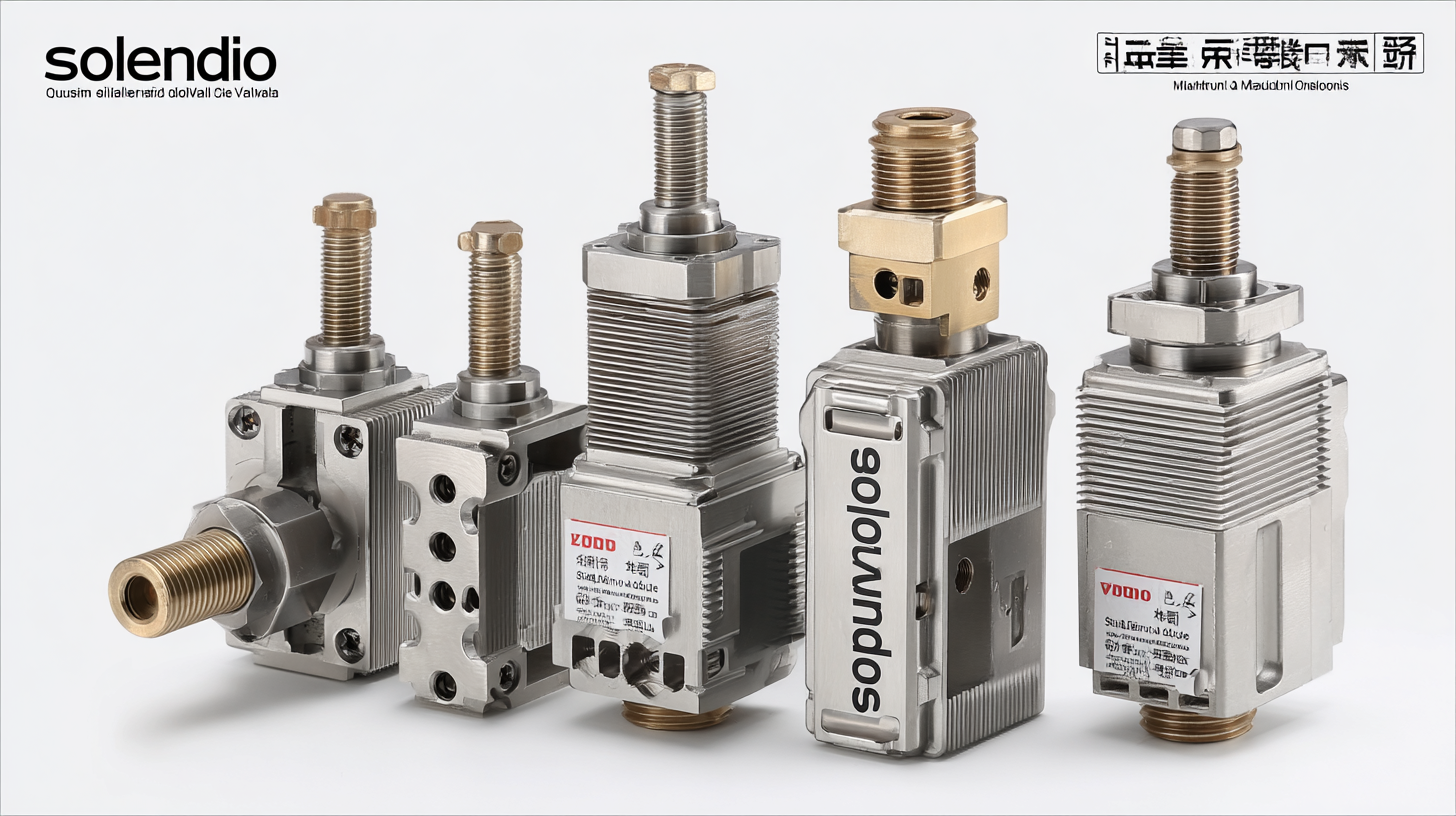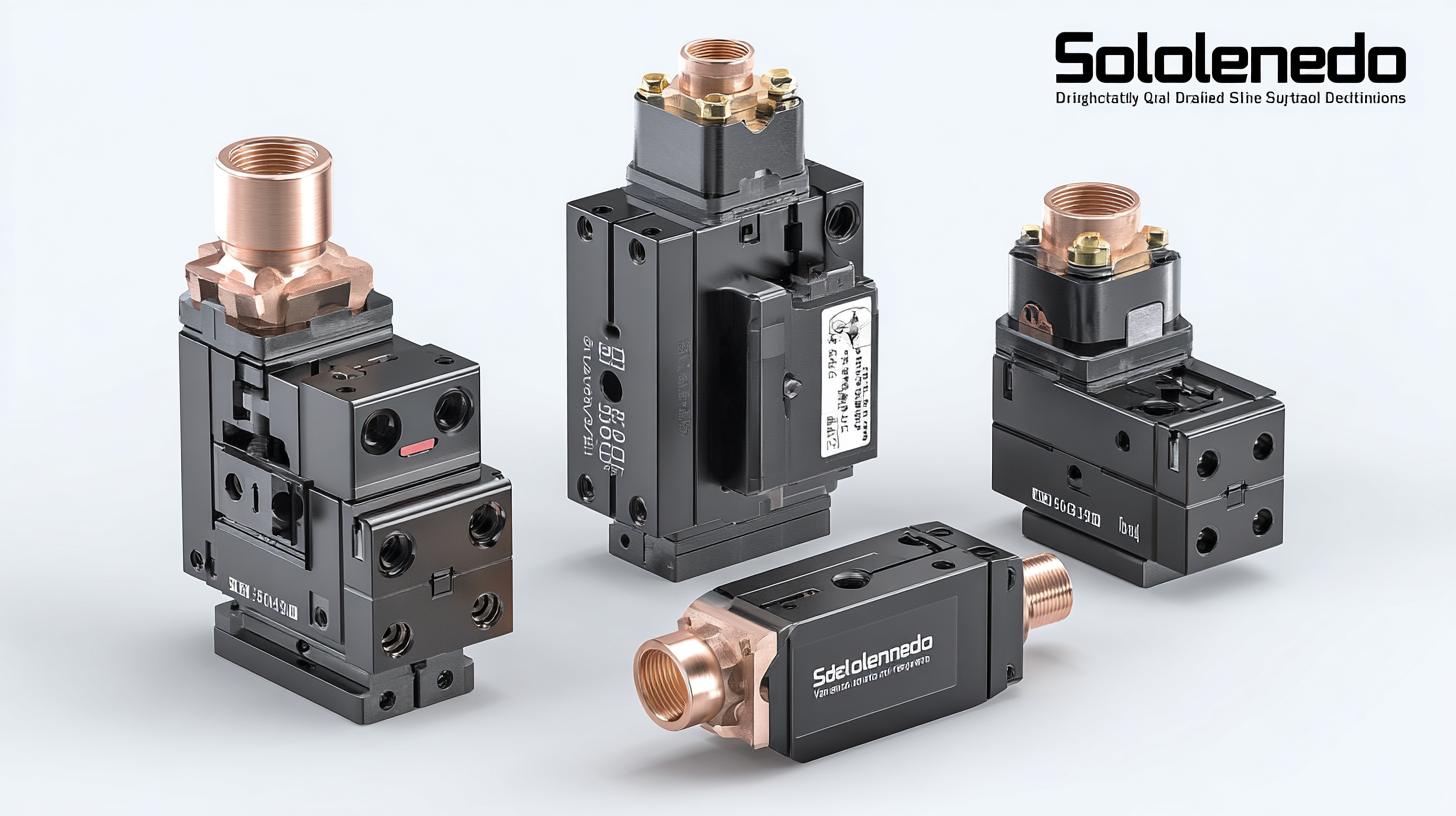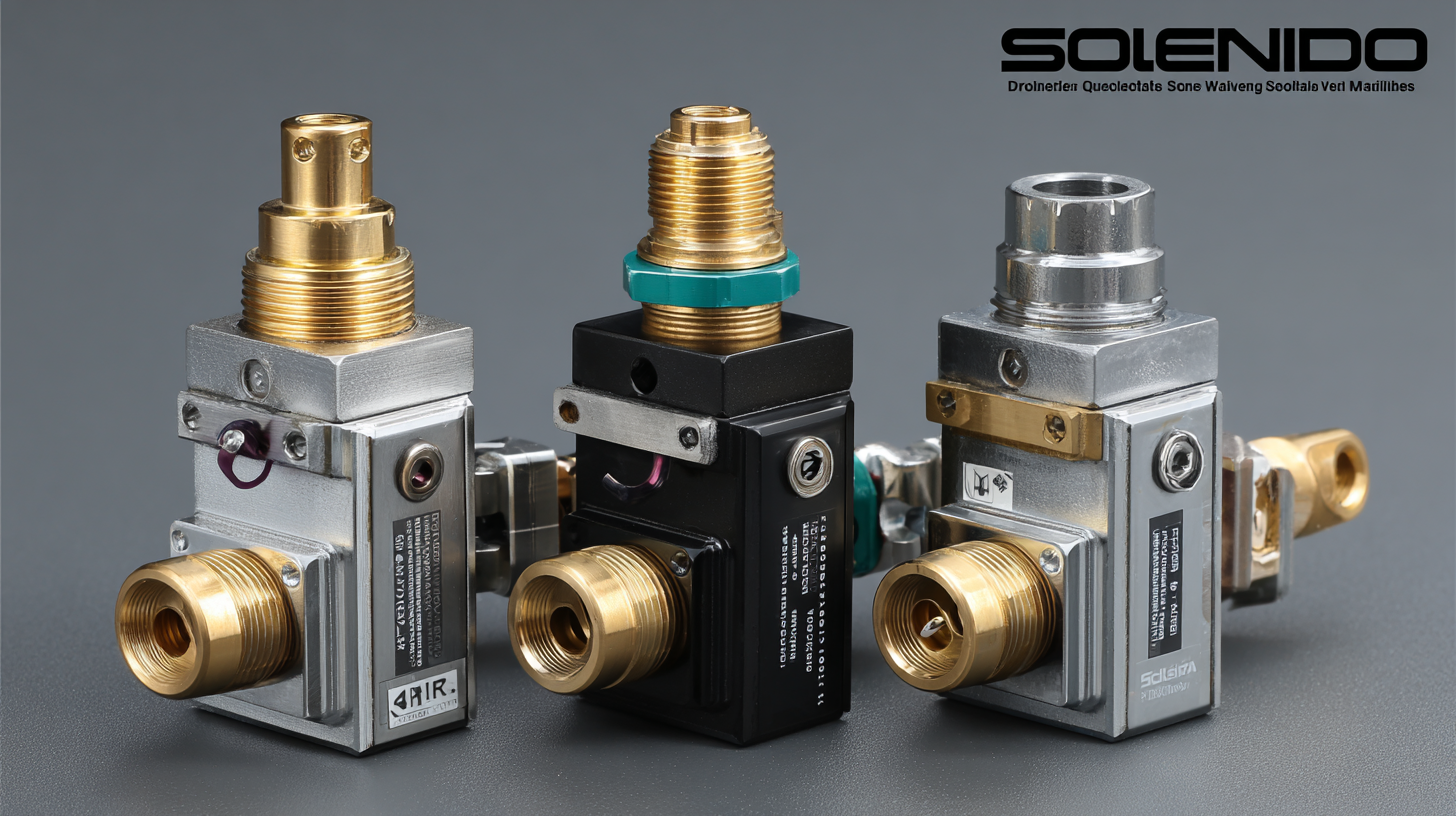- English
- Cymraeg
- icelandic
- беларускі
- Hrvatski
- Кыргыз тили
- Maori
- Монгол хэл
- Тоҷикӣ
- O'zbek
- Lëtzebuergesch
- Español
- Português
- русский
- Français
- 日本語
- Deutsch
- tiếng Việt
- Italiano
- Nederlands
- ภาษาไทย
- Polski
- 한국어
- Svenska
- magyar
- বাংলা ভাষার
- Dansk
- Suomi
- हिन्दी
- Pilipino
- Türkçe
- Gaeilge
- العربية
- Indonesia
- Norsk
- český
- ελληνικά
- український
- فارسی
- Burmese
- български
- ລາວ
- Latine
- Қазақша
- Euskal
- Slovenský jazyk
- Eesti Keel
- Română
- Slovenski
- Srpski језик
















 Solenoid directional valves play a crucial role in various industries, facilitating the control of fluid flow in hydraulic and pneumatic systems. In manufacturing alone, the global solenoid valve market is expected to reach
Solenoid directional valves play a crucial role in various industries, facilitating the control of fluid flow in hydraulic and pneumatic systems. In manufacturing alone, the global solenoid valve market is expected to reach 